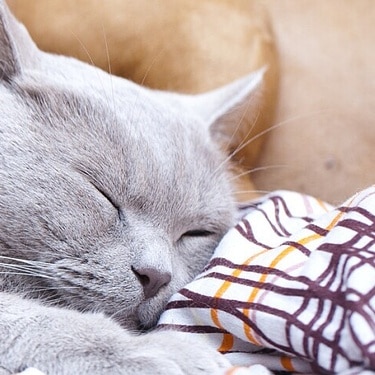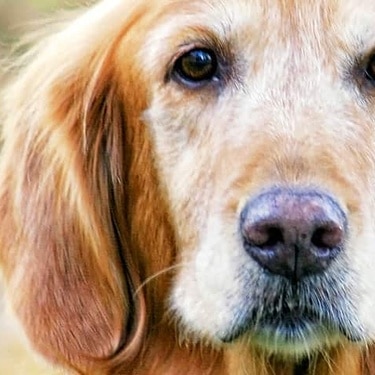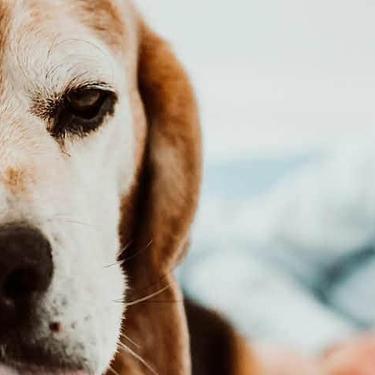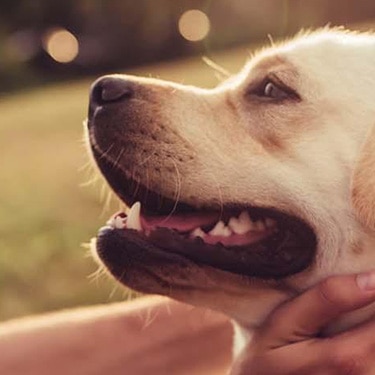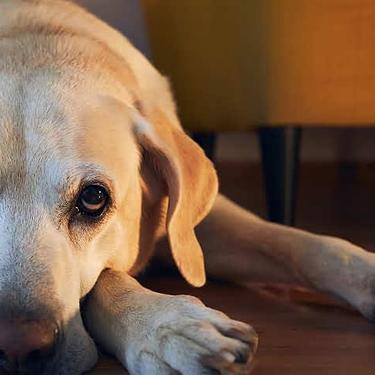Ibizan hounds are a mixture of noble royalty and wild hunter. They enjoy being pampered but would instantly trade a soft bed for a chance to run and hunt. They are quiet inside the house.
An unusual trait outside is that they tend to give tongue (bark) when chasing. They are among the gentlest and most easy going of dogs, getting along well with other dogs and children. They are reserved with strangers, and even somewhat reserved with their family.
Like all sight hounds, obedience is not their middle name and they are apt to run off and not return until they are good and ready. They have no street smarts and no idea that they should protect you or your house from bad people.
Ibizan hounds are unhappy if they do not get a chance to run every day. They especially like to play hunter and will chase any small animal that moves, even over the horizon, so you must be careful where you choose to let one off the leash. In many areas, no place is safe enough to unleash an Ibizan hound.
At home they enjoy a soft bed and warm rays of sunshine. They spend a great deal of their time relaxing and, as long as they get adequate exercise, are pleasant and quiet inside.
As their name reflects, the Ibizan (pronounced ee-BEE-than) hound hails from the Mediterranean isle of Ibiza where the breed was traditionally used to hunt rabbits. There its recorded history ends, and the mystery begins. How did a breed that looked as though it stepped out of an Egyptian tomb end up being discovered thousands of years later and thousands of miles away?
It is possible that Phoenician traders brought these dogs to Ibiza and neighboring islands as early as 800 BC. Here they remained in seclusion, specifically kept and bred for their ability to hunt small mammals by sight, smell and even hearing. The harsh conditions left little room for sentimentality, and those less fit were not kept or bred —circumstances that no doubt contributed to the breed's hardiness today. In its native land, the breed is called Ca Eibisenc.
It was not until the 1950s that the breed was exported and began its new incarnation as a companion and show dog. Among the rarest of breeds, the Ibizan hound is once again worshiped by those whose lives he shares.
The short coat is wash and wear. The wire-coated variety is a little more work, because it needs occasional combing, and the dead hairs must be pulled out a couple of times a year. Dirt falls out of the wire hair so, except for the slightly longer wire hairs around the mouth that should be washed regularly, little upkeep is required.







